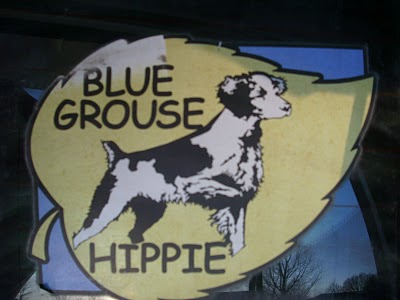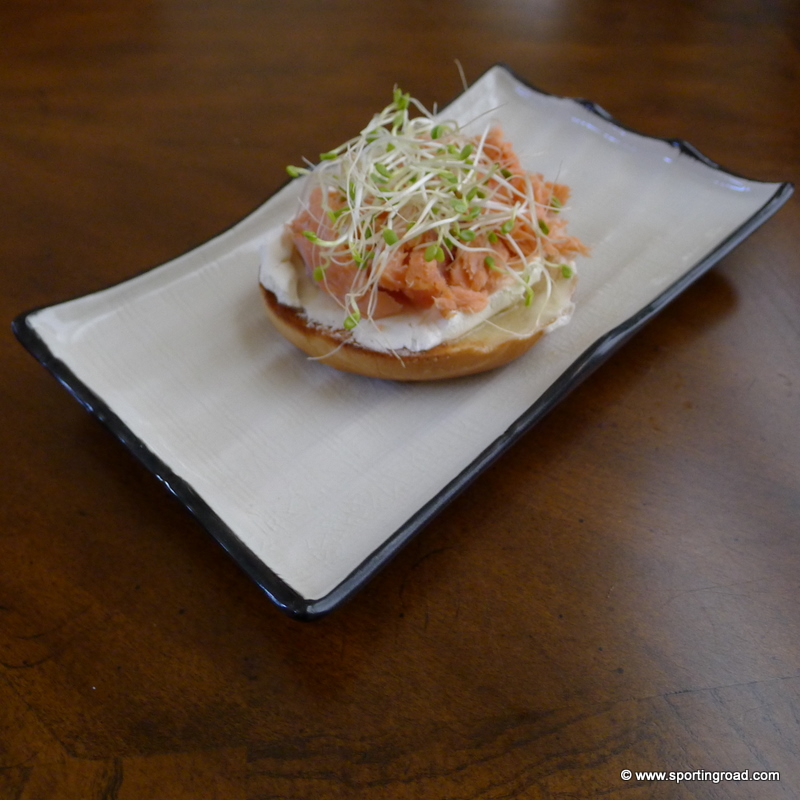The word tapenade comes from “tapeno,” the Provençal word for caper, which is a versatile topping on crostini (dried slices of baguette toasts) for appetizers, a topping on grilled salmon, a marinade for roast chicken, lamb, or beef. The Italians use it as a quick pasta sauce or pizza topping. Use either black or green olives, oil-cured or brined. Oil-cured are easier to work with (if pitting the olives yourself), but brined can produce a great impact, too. Traditionally, tapenade is made with anchovies and capers. The best anchovies are fresh white ones, but the ones from Colliore in the Languedox-Roussillon, or the Basque coastal regions are also top shelf. Barcelona has sweet and meaty anchovies, which are so prized they are never exported. If you can find salt-packed Italian anchovies in the States, you won't be disappointed. INGREDIENTS 1 1/2 cups olives, pitted, any kind will do, black or green, oil cured or brined, your choice, but we like Provencal black olives and castelvetro olives, from Emilia Romagna, which has a nice contrast of cured and soft versus hard, fresh and salty, finely chopped 2 medium cloves garlic, peeled and finely chopped. 1 T. capers (preferably salt cured), rinsed in a colander, and then coarsely chopped 1 t. minced fresh thyme and/or savory, or 1/2 teaspoon dried 1-2 boned fillets of anchovy, preferably fresh white anchovies, chopped Extra virgin olive oil as needed Red wine vinegar or lemon juice, to taste (about 1-2 tablespoons) 1-2 teaspoons freshly ground black pepper INSTRUCTIONS Finely chop together the olives, capers, garlic, herbs, and anchovy. Add 1 tablespoon of oil and pepper and mix together with 1 tablespoon of vinegar or lemon juice and olive oil. You may need to add salt or


